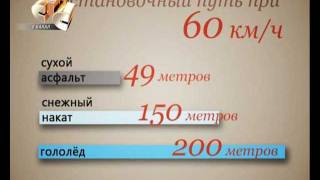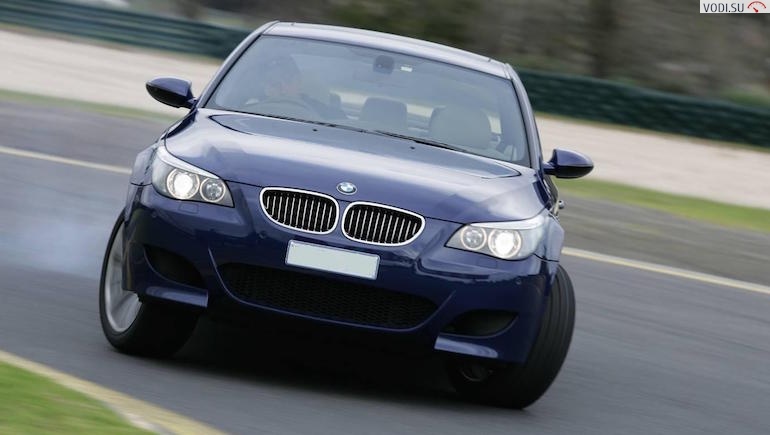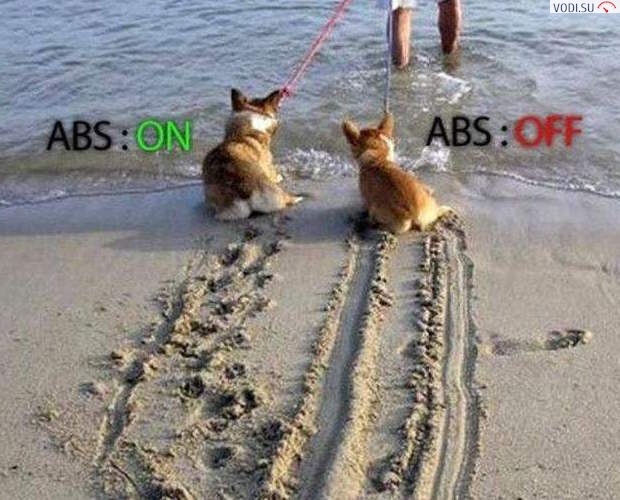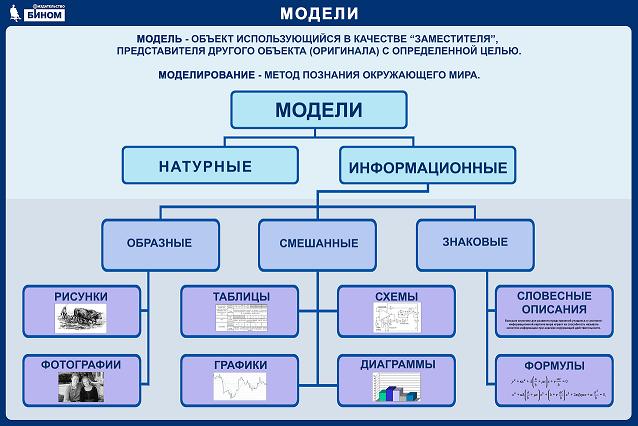
Braking distance at a speed of 60 km/h: dry and wet asphalt
Any motorist knows that often we are separated from an accident in just a fraction of a second. A car traveling at a certain speed can't stop dead in its tracks when you hit the brake pedal, even if you have traditionally high-ranking Continental tires and high brake pressure pads.
After pressing the brake, the car still overcomes a certain distance, which is called the braking or stopping distance. Thus, the stopping distance is the distance that the vehicle travels from the moment the brake system is applied to a complete stop. The driver must at least approximately be able to calculate the stopping distance, otherwise one of the basic rules of safe movement will not be observed:
- the stopping distance must be less than the distance to the obstacle.
Well, here such an ability as the reaction speed of the driver comes into play - the sooner he notices the obstacle and presses the pedal, the sooner the car will stop.

The length of the braking distance depends on such factors:
- movement speed;
- quality and type of road surface - wet or dry asphalt, ice, snow;
- the condition of the tires and braking system of the vehicle.
Please note that such a parameter as the weight of the car does not affect the length of the braking distance.
The braking method is also of great importance:
- sharp pressing to the stop leads to uncontrolled skidding;
- gradual increase in pressure - used in a calm environment and with good visibility, not used in emergency situations;
- intermittent pressing - the driver presses the pedal several times to the stop, the car may lose control, but stops quickly enough;
- step pressing - the ABS system works according to the same principle, the driver completely blocks and releases the wheels without losing contact with the pedal.
There are several formulas that determine the length of the stopping distance, and we will apply them for different conditions.

Dry asphalt
The braking distance is determined by a simple formula:
From the course of physics, we remember that μ is the coefficient of friction, g is the acceleration of free fall, and v is the speed of the car in meters per second.
Imagine the situation: we are driving a VAZ-2101 at a speed of 60 km / h. At 60-70 meters we see a pensioner who, forgetting about any safety rules, rushed across the road after a minibus.
We substitute the data in the formula:
- 60 km/h = 16,7 m/s;
- the coefficient of friction for dry asphalt and rubber is 0,5-0,8 (usually 0,7 is taken);
- g = 9,8 m/s.
We get the result - 20,25 meters.
It is clear that such a value can only be for ideal conditions: good quality rubber and everything is fine with the brakes, you braked with one sharp press and all the wheels, while not going into a skid and not losing control.
You can double-check the result using another formula:
S \u254d Ke * V * V / (0,7 * Fc) (Ke is the braking coefficient, for passenger cars it is equal to one; Fs is the coefficient of adhesion with the coating - XNUMX for asphalt).
Substitute the speed in kilometers per hour into this formula.
Get:
- (1*60*60)/(254*0,7) = 20,25 meters.
Thus, the braking distance on dry asphalt for passenger cars moving at a speed of 60 km / h is at least 20 meters under ideal conditions. And this is subject to sharp braking.

Wet asphalt, ice, rolled snow
Knowing the coefficients of adhesion to the road surface, you can easily determine the length of the braking distance under various conditions.
Odds:
- 0,7 - dry asphalt;
- 0,4 - wet asphalt;
- 0,2 - packed snow;
- 0,1 - ice.
Substituting these data into the formulas, we obtain the following values for the length of the stopping distance when braking at 60 km/h:
- 35,4 meters on wet pavement;
- 70,8 - on packed snow;
- 141,6 - on ice.
That is, on ice, the length of the braking distance increases by 7 times. By the way, on our website Vodi.su there are articles on how to properly drive a car and brake in winter. Also, safety during this period depends on the correct choice of winter tires.
If you are not a fan of formulas, then on the net you can find simple stopping distance calculators, the algorithms of which are built on these formulas.
Stopping distance with ABS
The main task of ABS is to prevent the car from going into an uncontrolled skid. The principle of operation of this system is similar to the principle of stepped braking - the wheels are not completely blocked and thus the driver retains the ability to control the car.

Numerous tests show that braking distances are shorter with ABS by:
- dry asphalt;
- wet asphalt;
- rolled gravel;
- on the plastic sheet.
On snow, ice, or muddy soil and clay, braking performance with ABS is somewhat reduced. But at the same time, the driver manages to maintain control. It is also worth noting that the length of the braking distance largely depends on the settings of the ABS and the presence of EBD - the brake force distribution system).
In short, the fact that you have ABS does not give you an advantage in the winter. The length of the braking distance can be 15-30 meters longer, but then you do not lose control of the car and it does not deviate from its route. And on the ice, this fact means a lot.
Motorcycle stopping distance
Learning how to properly brake or slow down on a motorcycle is not an easy task. You can brake front, rear or both wheels at the same time, engine braking or skidding is also used. If you slow down incorrectly at high speed, you can very easily lose balance.
The braking distance for a motorcycle is also calculated using the above formulas and is for 60 km / h:
- dry asphalt - 23-32 meters;
- wet - 35-47;
- snow, mud - 70-94;
- black ice - 94-128 meters.
The second digit is the skid braking distance.
Any driver or motorcyclist should know the approximate stopping distance of their vehicle at different speeds. When registering an accident, traffic police officers can determine the speed at which the car was moving along the length of the skid.
Loading…
